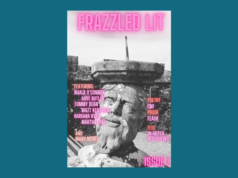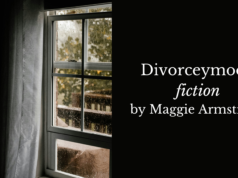The untold story of the siege of Carrickmines Castle and the aristocratic families that brought it to pass

March 27th 1642 was a dark day for Carrickmines. The day before a siege of the castle that had stood there for centuries had begun. The arrival of cannons and reinforcements was the signal for the attack to commence. The small garrison fought bravely. A sharp shooter in their ranks proved to be a deadly shot.
The attacking troops had arrived from England about two months earlier. Their commander, Sir Simon Harcourt, was a distinguished soldier with twenty years of battle experience on the Continent. He was also popular with his men.
Once the gate to the castle had been breached and the main building entered, the garrison surrendered. The owner of the castle, Theobald Walsh, was not at home. In his place, his young son met the officer in command of the party of soldiers now standing in the hallway. The officer, Captain Congrave, demanded that the sharpshooter be brought to him. When he appeared, all hell broke loose. Neither man, woman, or child would be safe.
In more recent years, a Dublin bus driver, who regularly travelled the old Glenamuck Road route that passed through the Carrickmines Castle complex, gave the following account: on one journey he had to suddenly hit the brakes. A figure had suddenly appeared in front of the bus. Convinced that he had hit a pedestrian he jumped down from his cab and ran back up the road. He could see nobody. He got down and looked beneath the bus. He searched the two roadside ditches and looked into the two fields. Nobody in sight. The spot where this incident occurred was in the area where bodies were dug up during the course of the archaeological excavations between 2000 and 2002.
Carrickmines Castle Rise and Fall by Dr Mark Clinton, published by Wordwell, documents the history of the castle from its humble beginnings in the twelfth century to that fateful day. The story of South County Dublin throughout the intervening years is also extensively visited. All of the places, if not all of the people, will be very familiar to the reader.












